Have you ever pondered the “why” behind Japan? Dive into the trivia and quiz answers that uncover the country’s essence, enriching your knowledge with both well-known and obscure facts. Explore Japanese insights into questions frequently posed by foreigners, from the complexities of urban life to the subtleties of rice cultivation on the islands. This exploration aims to satisfy your curiosity about Japan and enhance your experience in this culturally rich nation.
This article marks the first installment of a three-part series designed to reveal both the known and lesser-known facets of Japanese life. Through history to music, from the largest cities to the nuances of island knowledge, and from testing the highest standards to checking company names, we aim to provide the best answers. Join us on this journey through the layers of Japanese life, where every question leads to deeper understanding and appreciation.

Q1 Why are there so many cherry trees in Japan?
Cherry trees have been planted all over Japan as a sacred tree. The cherry tree is the most popular tree to be planted in school yards in Japan. This is because most Japanese people love cherry trees. It is customary to have a picnic to enjoy the cherry blossoms when they are in bloom.
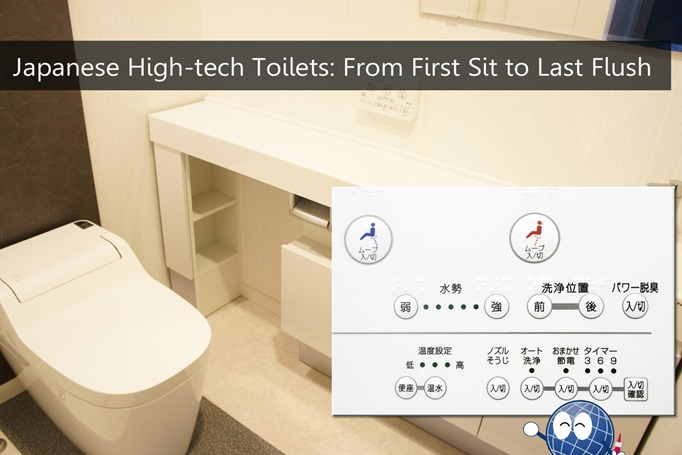
Q2 Why are Japanese toilets so high-tech?
Because Japanese people like to keep things clean. The modern Japanese toilet was developed for home use in Japan and was introduced to the market in 1980. Japan's high-tech toilets have not only a hot-water toilet seat function, but also a deodorizing function, a hot air drying function, and a warming toilet seat function, among many other features.

Q3 Why do Japanese pedestrians obey the traffic lights even when there are no cars around?
Japanese people think it is good to obey the rules. It is said to be because they value the maintenance of social order. However, there are people who cross the street even when there is a red light.

Q4 Why do lost wallets get returned to their owners in Japan?
Japan is said to be one of the most honest countries in the world: in 2016, police in Tokyo received about 367 million yen in lost property in one year.

Q5 Why are the Japanese so punctual?
Japanese people generally consider punctuality to be rude. One of the easiest ways to impress the Japanese is to be late. Perceptions and interpretations of time vary from country to country (culture to culture). Japan is one of the most punctual countries in the world. From childhood, Japanese are taught to be five minutes early, trains are on time, supermarket checkouts are fast, and making others wait is considered a sin.
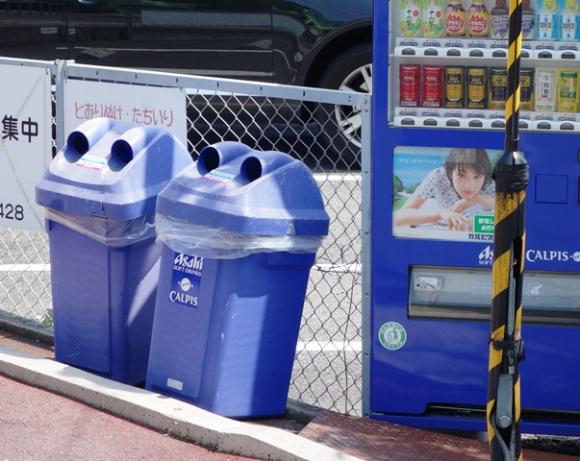
Q6 Why is it that Japan is so clean without a trash can?
Most of the time we take our trash home or throw it in the trash cans we find. Cleaning up has been a tradition since we were little. I think the Japanese take pride in it.
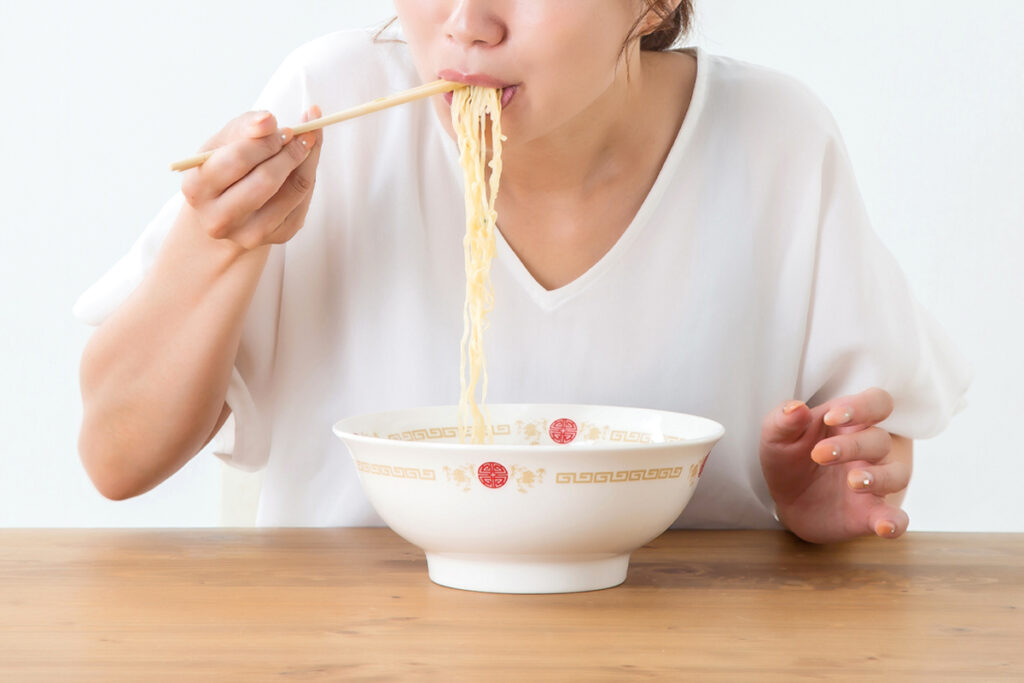
Q7 Why do Japanese people make noise when they eat noodles?
Slurping the noodles vigorously helps us to feel the aroma and makes the noodles taste better. The sound is pleasing to Japanese. In Japan, people enjoy slurping their noodles by slurping them with a lot of noise.
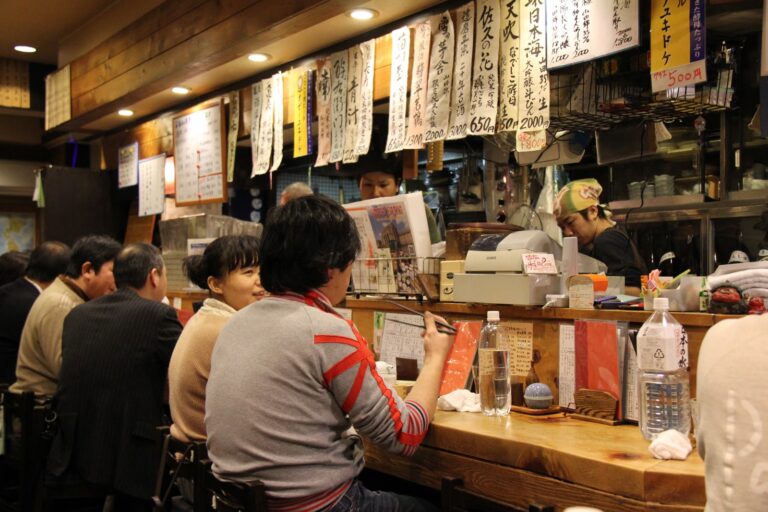
Q8 Why are there so few bad restaurants in Japan?
Because if the food is not good, the restaurant will go out of business. A lot of people are interested in a healthy and balanced diet.
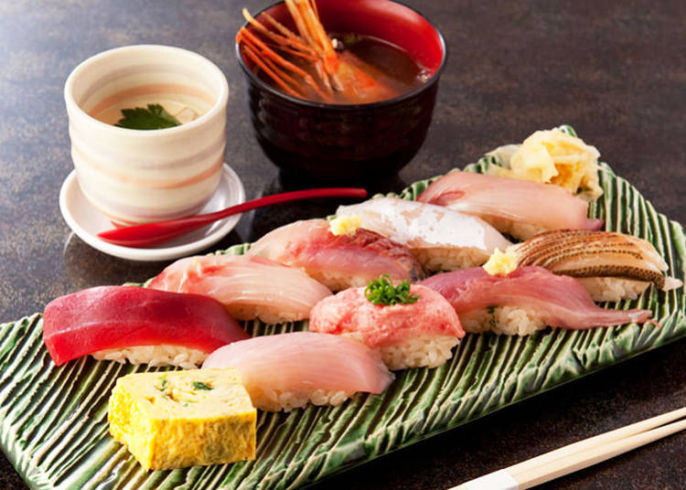
Q9 Do Japanese eat sushi every day?
No, they don't eat sushi every day. There are some dishes that are similar to what you would find in a Japanese restaurant, but there are many other meals that are not sushi.
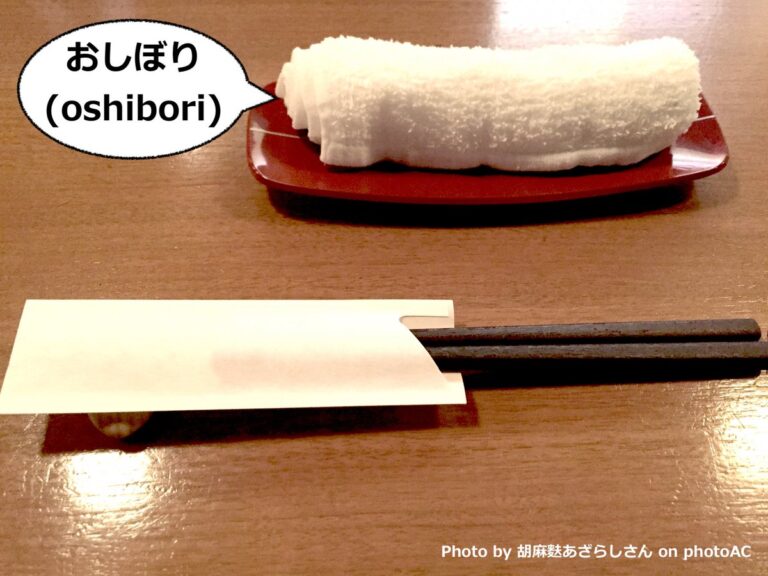
Q10 Why are wet towels served in restaurants?
It's called an oshibori and is used to clean your hands and mouth. It can come out after as well as before a meal. This may include a warm hand towel and a cold hand towel in the summer.
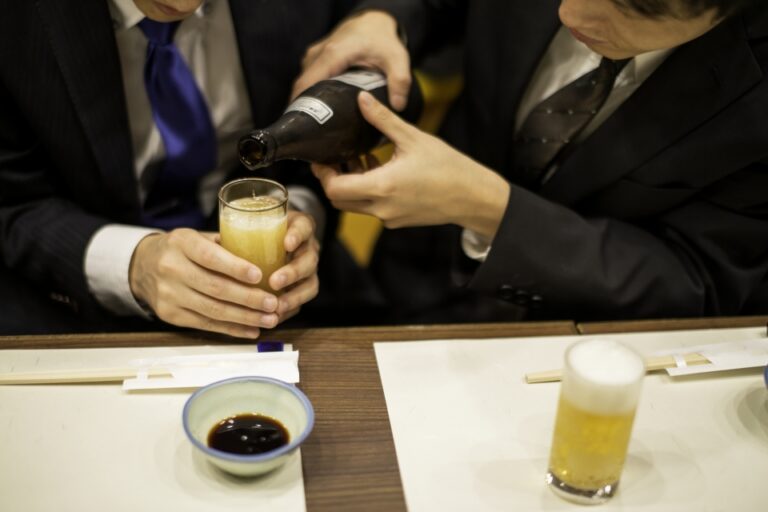
Q11 Why do you pour your partner's drink when you're having a drink?
It is considered to be a form of hospitality. As a custom, younger people pour drinks out of respect for older people. At farewell parties and weddings, everyone pours a drink for the person being blessed. Business people always pour alcohol for their business partners.
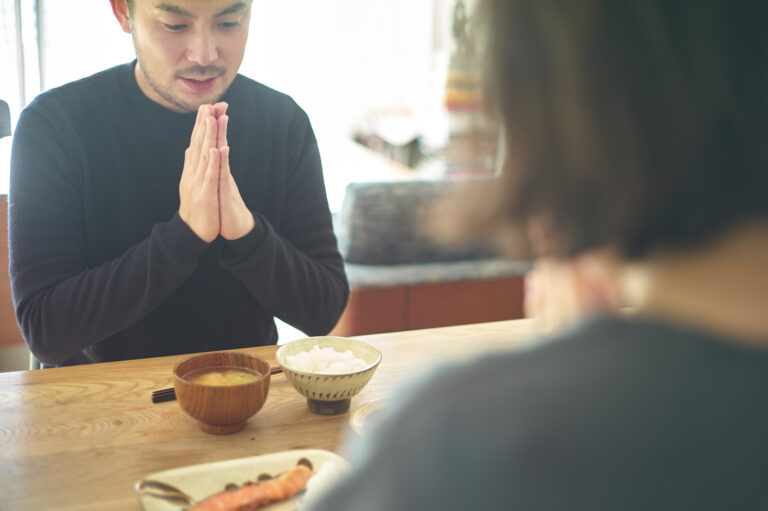
Q12 What does it mean to say "Itadakimasu"?
For Japanese people, the phrase is the same as saying a prayer before a meal. It is a way of expressing gratitude for the people and ingredients that prepared the meal. The word is related to the Buddhist teaching of respecting all food. But it is actually used in the sense of "Let's eat, then," or "Thank you for the food.

Q13 What does it mean to say "Gochisosama"?
It is said to be a word of gratitude for the person who made or served the food. Some people say it is a word to express gratitude for the food you eat. The word "chisou" means to run around. The reason for this is that in the past, people used to run around to get food for their customers. The "go" is a prefix and the "sama" is a suffix, which is what makes it "chisou" goshenkei.

Q14 What is the difference between Soba, Udon and Ramen?
Soba is made from buckwheat noodles and has a gray color. Udon noodles are made from wheat flour and usually have a white color. Ramen noodles are made of wheat flour and the main noodles are long and elastic. The noodles are of different thickness. Udon noodles, ramen noodles and soba noodles are thicker, in that order.

Q15 What is Tonkotsu?
It's literally a pork bone. It is often referred to as the juice of Ttonkotsu ramen. Tonkotsu ramen is really rich in flavor. The soup is made by boiling the Tonkotsu for at least a day. The pork bone broth contains a lot of collagen and is said to be good for your beauty.
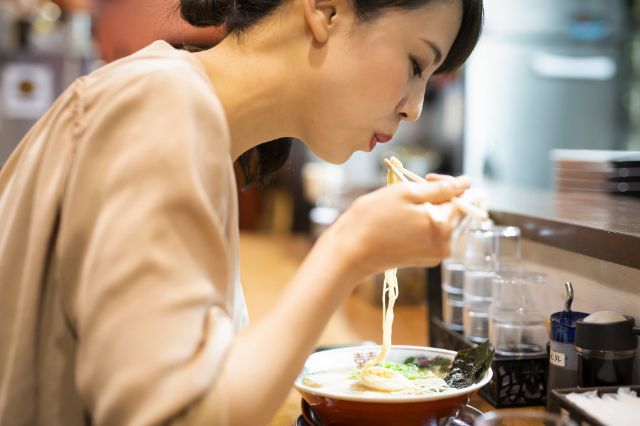
Q16 Isn't Japanese ramen a Chinese dish?
Chinese noodles were first introduced in Yokohama's Chinatown in the 19th century. Since then, ramen has spread throughout Japan. Many Japanese chefs developed their own ways of making noodles and soup, as well as seasonings and garnishes. Ramen is now a symbol of Japanese culture, and there is even a Ramen Museum in Yokohama.

Q17 Why are there so many different types of canned coffee in Japan?
It's because there are so many people who love canned coffee. One reason is that there are about 2,000 vending machines all over Japan that sell coffee. There are more than 100 different types of canned coffee, and about 10 billion canned coffee bottles are sold in Japan each year. One coffee maker uses famous American actors to promote their canned coffee in Japan.

Q18 What is "Dashi"?
Dashi is a broth or soup stock used in Japanese cuisine. Dashi is an essential part of Japanese cuisine. The most common type of dashi is made by adding shaved kombu or dried bonito flakes to water and heating it. In most Sakikin households, granular or liquid instant dashi is used.
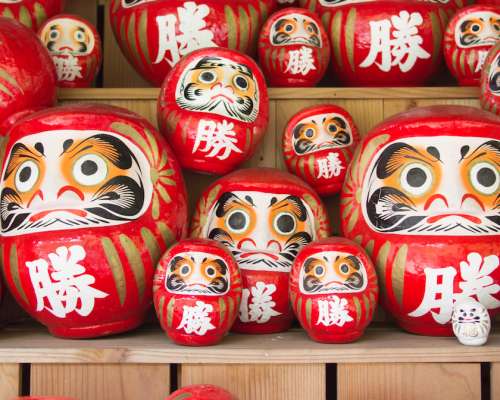
Q19 What is a Daruma?
They are round red dolls with no eyes, arms or legs, and they have a moustache and goatee. It is popular as a good luck charm today. The doll is made so that it can stad upright at all times. This is seen as a positive symbol of its strength.

Q20 What is a Teru Teru bozu?
It's a doll made of white cloth or paper. You actually hang it above a door and wish for good weather the next day before you pass under it. If you do the doll upside down, it is said that it will rain. Many children make a teru teru bozu doll and hang it up the day before a school trip or an event they are looking forward to and wish for good weather.

Q21 Why do the Japanese like Origami?
It is a very creative art form, and many Japanese people make origami beginning in kindergarten. We can make not only animals but also trash cans and other objects with origami. Nowadays, origami is very popular all over the world and many competitions are held for it.

Q22 What are Senbazuru?
This is an origami Tsuruga Senba linked together. Many people make them to wish for someone's success or health. It is believed that a person who finishes making the strings of the lines will have his or her wish come true. The red crane with a red head is the symbolic bird of Japan.

Q23 What is a Koinobori?
These carp-shaped streamers are displayed for Children's Day on May 5. Carp streamers are decorated to wish for the birth of children and their health. In May, you can see many carp streamers along the riverside and in the schoolyard.

Q24 What is a Capsule hotel?
The hotel allows you to sleep in a very small room with only one bed. The room is so small that only one person can lie down. The ceiling is so low that you can't even stand up. The reason it's called "Capsule" is because the individual rooms are extremely small. The nice thing about this place is that it's inexpensive and has a large bathroom.

Q25 What's an Omikuji?
Omikuji are sold in shrines and temples. They are very long pieces of paper on which a fortune is written. It generally contains expressions about health, work and wellness. The temples and shrines have a place to tie up bad fortunes in case you draw a bad lottery. If you draw a good fortune, keep it with you and keep it safe.
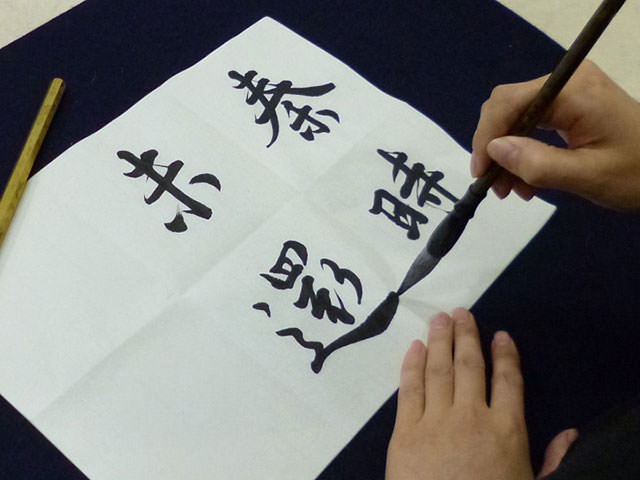
Q26 What is Syodo(calligraphy)?
It is a traditional Japanese art form of writing. It is a school subject many Japanese people choose to take up because of the beauty of the writing. It used to be a way of writing, but it is more of an art in modern Japan than a standard way of wring.
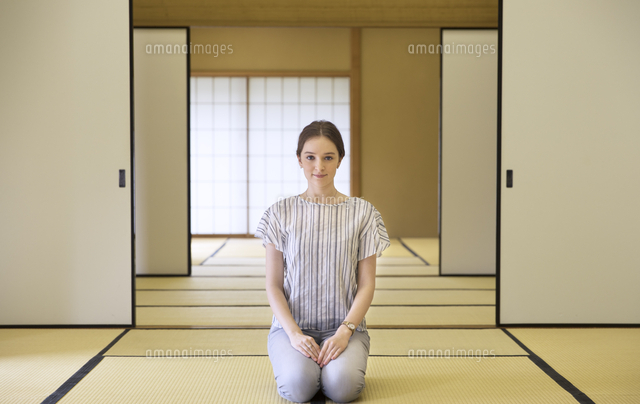
Q27 Why do Japanese people atend to sit upright?
To show respect to others, it has been considered the most appropriate way to sit in formal situations.
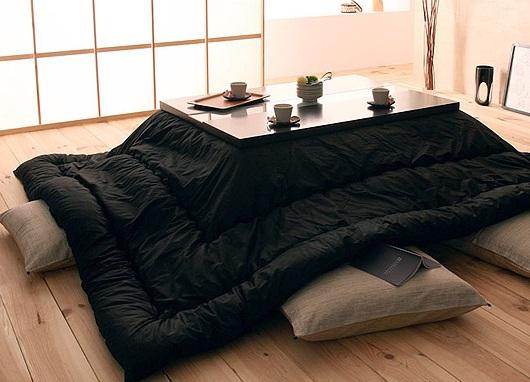
Q28 What is a Kotatsu?
It's a short table with an electric heater and a blanket together. The heater is on the back side of the table and it is also enclosed to prevent heat from escaping. Once you use it, you will want to be as close as possible to a Kotatsu in the winter. Families can spend time together sitting close to each other at the Kotatsu.
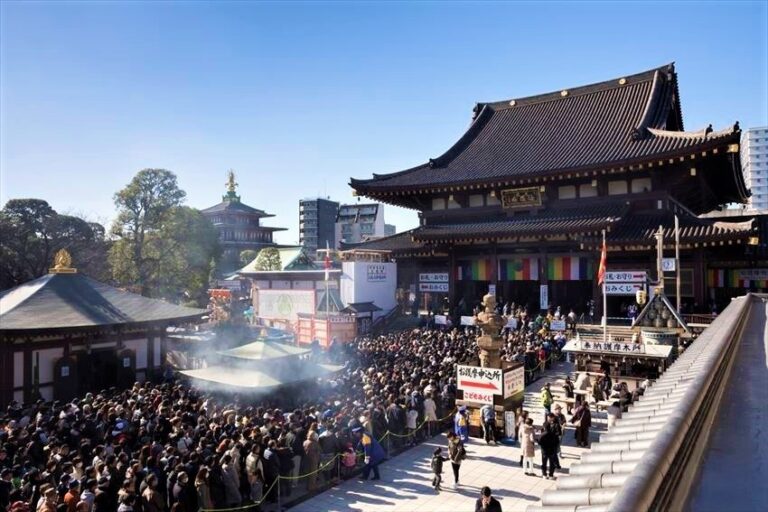
Q29 What is the Hatsumode?
One of the Japanese customs is to visit a shrine or temple at the beginning of the New Year. People make a Hatsumode, a special prayer, to pray for good health and happiness in the new year. Many people do this on the third day of the month (within the first three days of the year). More than 3,000,000 visitors come to the Meiji Shrine in Tokyo for three days.
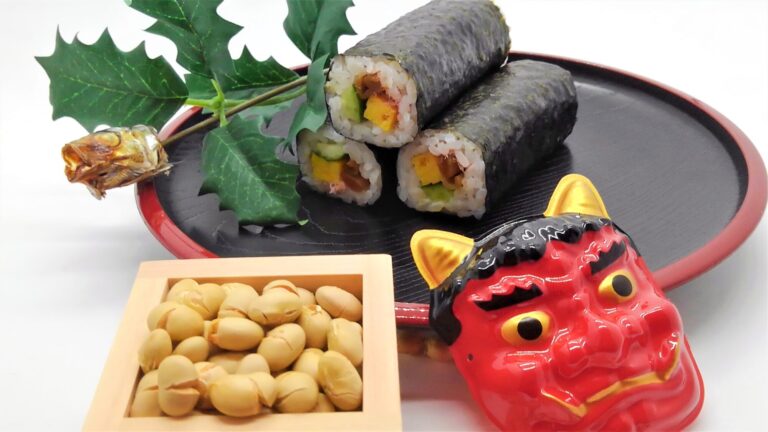
Q30 What is Setsubun?
Setsubun is the first day of spring in the Japanese lunar calendar. On the first day of spring, people perform a ritual to drive out the hiding. The beans that go are cried out to people wearing demon masks. While tossing the beans, they repeatedly say, "Blessed is the inside, devil is the outside". Demons are driven out on setsubun. This is the meaning of "driving out the hidden". Setsubun-like rituals have a long-standing tradition in all cultures over the world.
This document is based on the results of an independent survey conducted by the HH JapaNeeds team in 2022.





